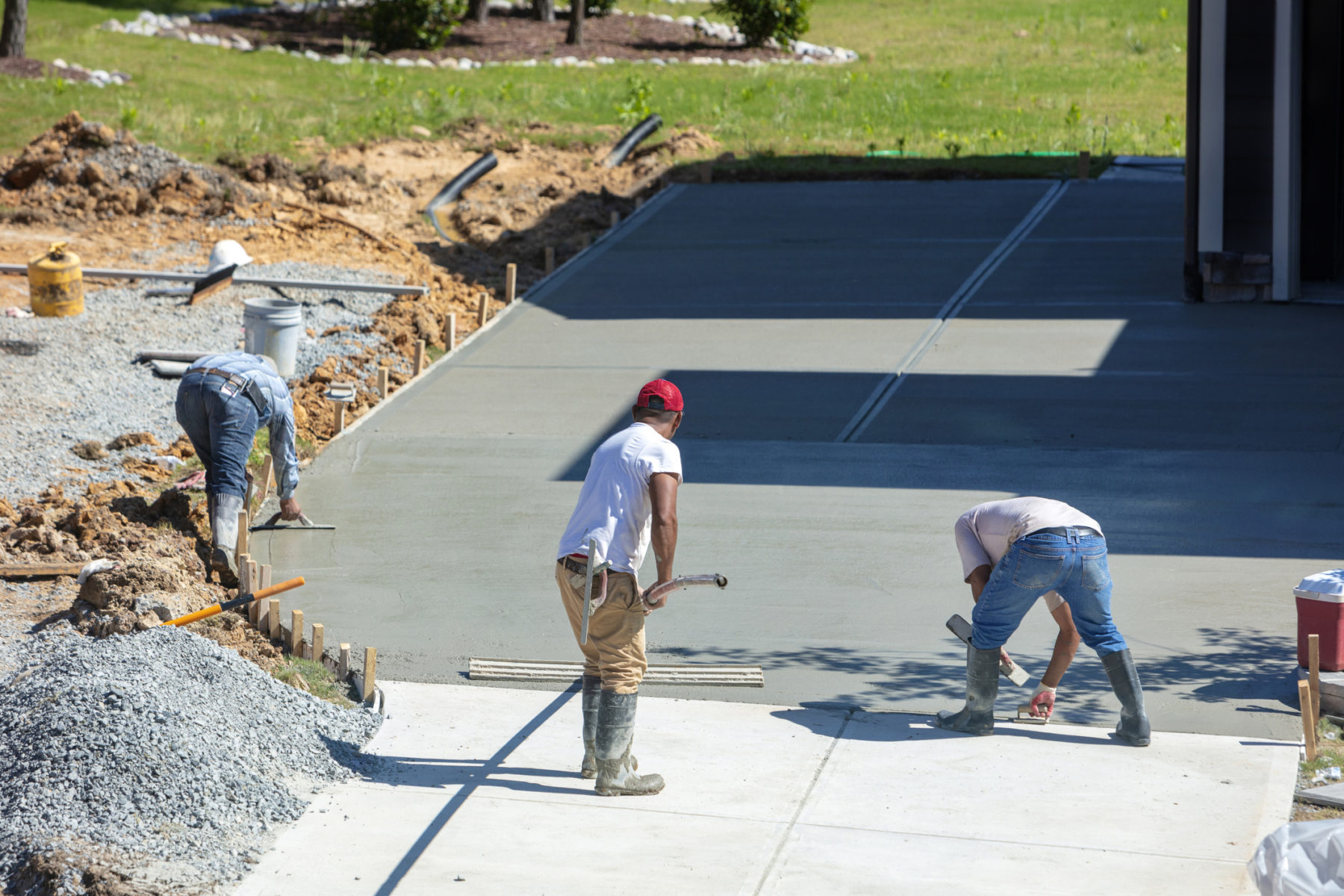Advantages of Proper Concrete Curing
January 9, 2023

According to the Portland Cement Association (PCA), properly curing concrete is vital for extending its lifespan, whether it serves as the foundation for a home, a retaining wall, or a multistory structure. In fact, when it comes to concrete’s durability, strength, and longevity, meticulous curing is just as important as controlled mixing. Simply allowing concrete to harden on its own can lead to serious issues, but curing the concrete properly can help it last for centuries.
What is Concrete Curing?
Curing can be described as a series of steps taken by contractors and other professionals to maintain freshly poured concrete’s temperature and moisture level. It helps to promote the thorough chemical hydration of the various cementitious materials, which allows the intended properties to develop over time. Simply put, many of concrete’s most important properties – its strength, hardness, and durability – continue to develop long after it has been poured. Curing starts as the concrete is being placed, and while the exact length of time varies, it can continue for four weeks or longer, depending on the mixture.
Curing Delays Shrinkage
Furthermore, as concrete loses moisture, it also loses volume. This is known as drying shrinkage, and while climate can impact these volumetric changes, the water content is by far the biggest contributing factor. Most shrinkage occurs during the first two weeks after the concrete has been placed, making the curing process crucial. Contractors use a wide range of methods to maintain adequate moisture content and temperature in concrete. Curing helps protect against long-term cracking by delaying drying shrinkage until the tensile strength of the concrete can resist the drying shrinkage stresses.
The Proper Curing Period
The correct curing period for concrete can vary significantly depending on the weather, humidity levels, and additives used in the mixture. The specifier may base the curing period on the time it takes for the concrete to develop the proper tensile or compressive strength, and in most cases, this is a minimum of seven days. However, proper curing may extend beyond the minimum timeframe in certain conditions. Concrete in extremely hot and arid climates often requires moisture control for three to four weeks; concrete that contains specialized admixes may also require more time for curing.
Curing is essential in developing concrete’s favorable characteristics, including strength, impermeability, abrasion resistance, tensile and compressive strength, and more. Contractors must consider factors such as weather, climate, concrete admixes, and more when determining the proper curing procedures and timeframe. With our commitment to the versatility and use of concrete, Staker Parson has a depth of knowledge in this area that is unparalleled. If you have questions regarding curing and what you should look for, message or call us. We’d be happy to help!